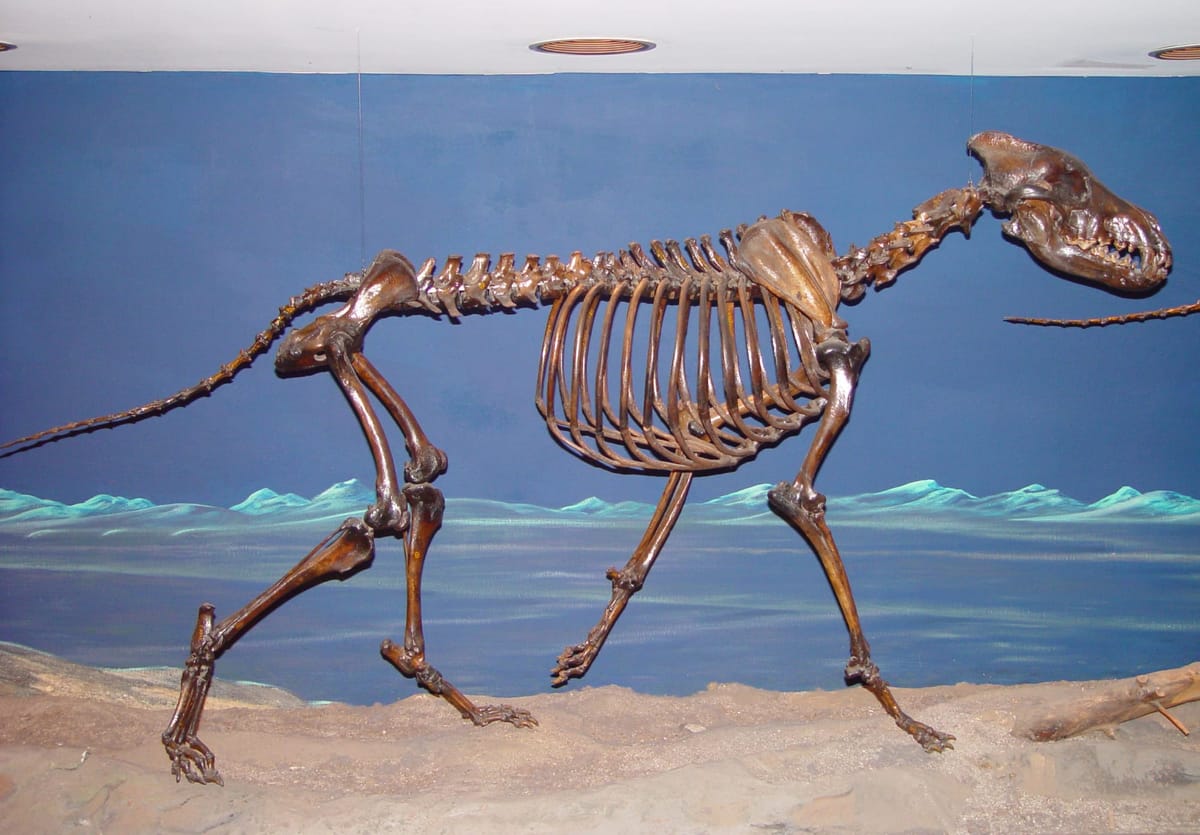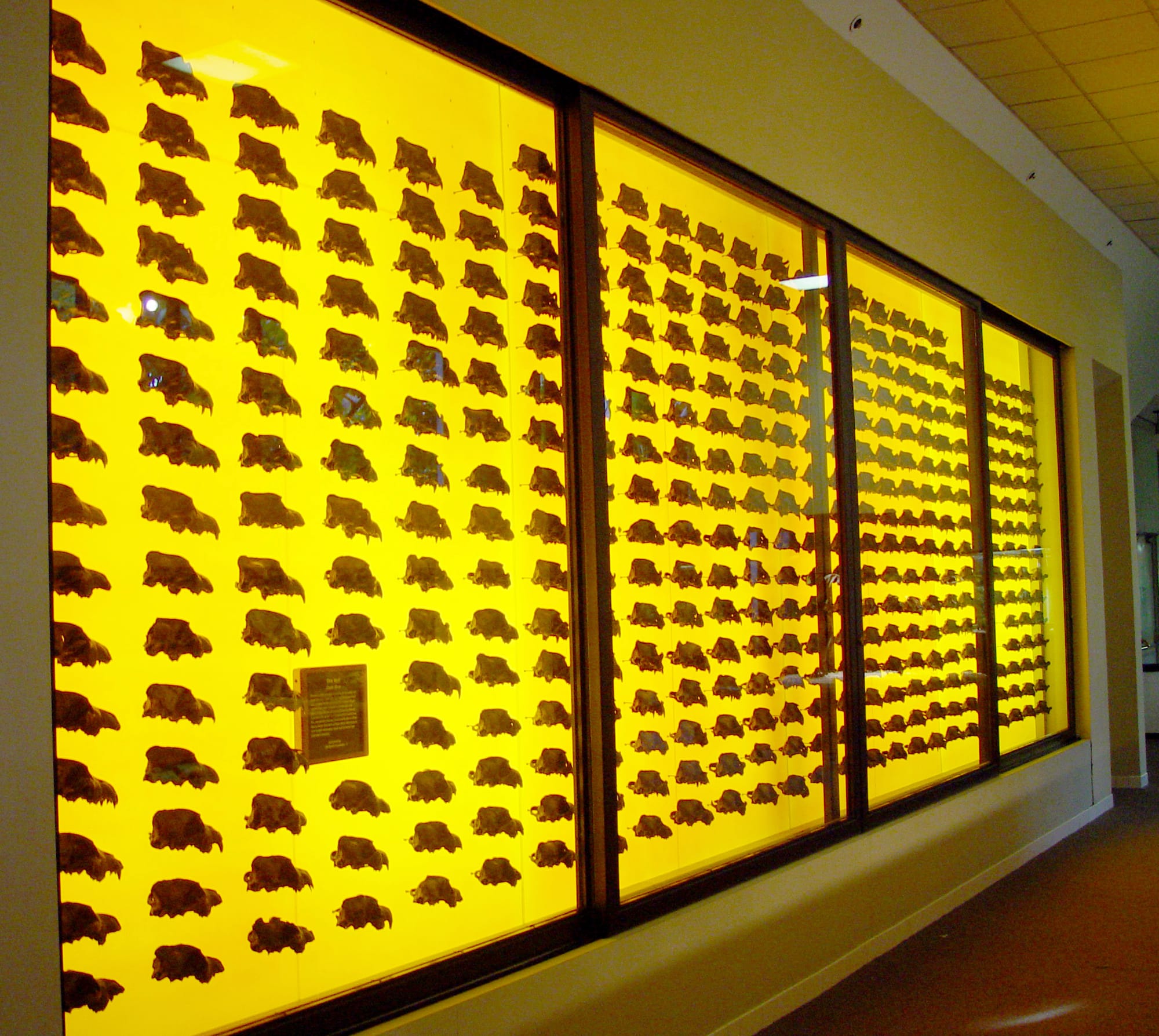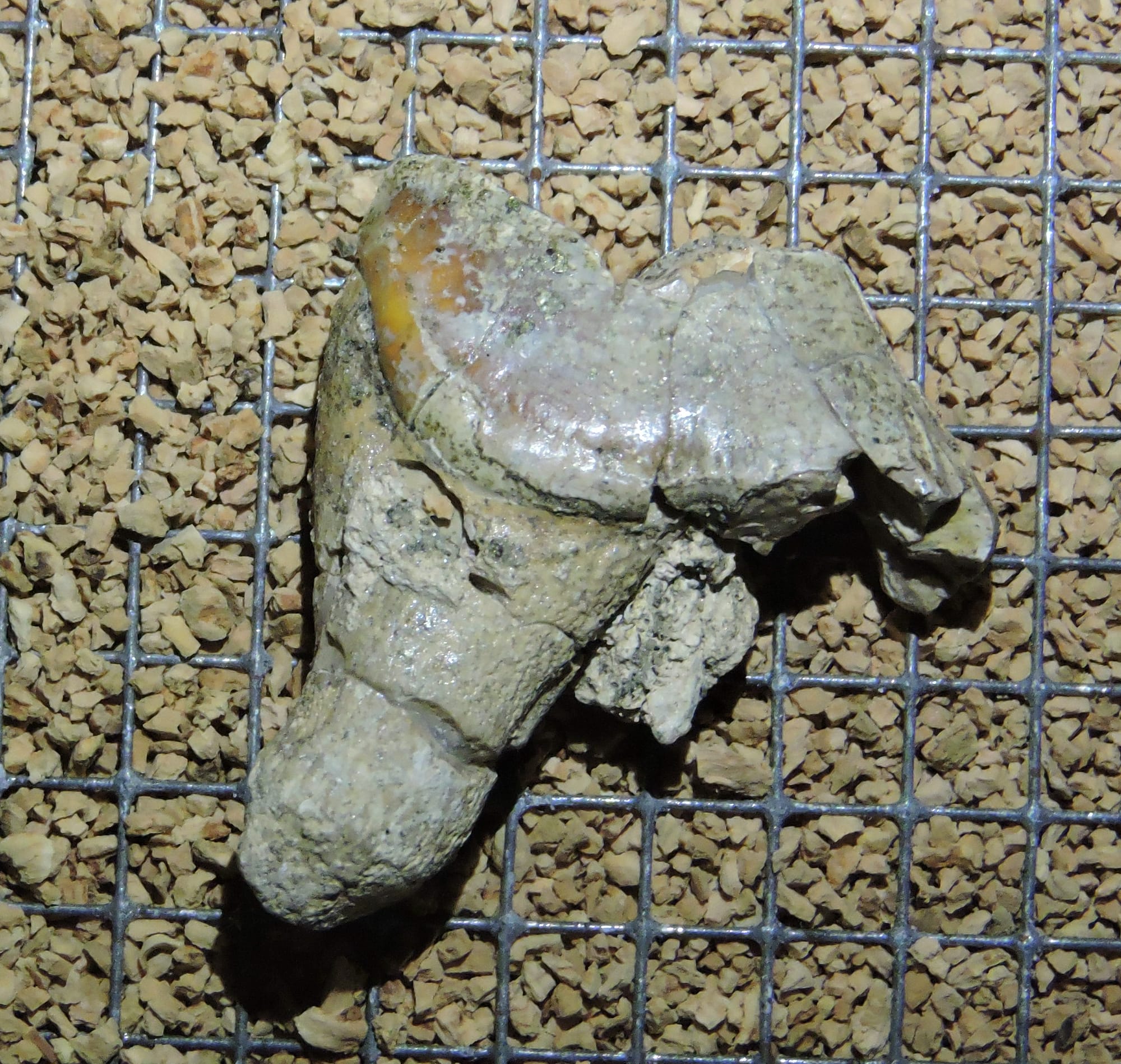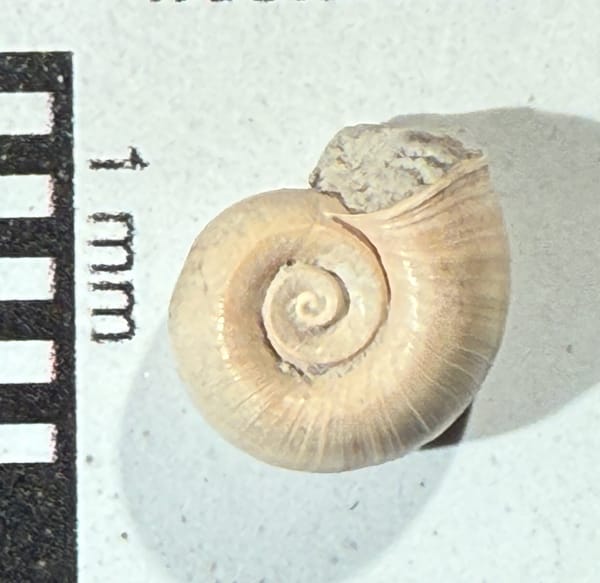No, they aren't dire wolves

You may have seen the mountains of hype over the last few days about Colossal Biosciences' claim that they have brought the dire wolf back from extinction. I am, to put it mildly, skeptical.
That's not to say there isn't some impressive science going on. I'm not a geneticist, so I can't really speak to the methods that were used to make these puppies, but from what I understand it is intricate and in many ways original work. While I do have serious ethical issues with the whole de-extinction industry, which in my opinion is largely based on a mountain of untested assumptions about Pleistocene extinctions, paleoecology, and behavioral biology, that is not why I don't consider these animals to be dire wolves.
My issues have to do with the logic of the identification as a dire wolf. Basically, Colossal is conducting a hypothesis that if they make an egg cell with a genome identical (or nearly so) to a dire wolf, it will grow into a dire wolf. How will they know if they succeeded? If they get a dire wolf! But how do they know they got a dire wolf?
In an interview with Wired, Colossal scientist Beth Shapiro said that "If we can look at this animal and see what it's doing, and it looks like a dire wolf and acts like a dire wolf, I'm going to call it a dire wolf." The problem is, we don't actually know very much about what actual dire wolves looked like, and even less about how they acted. The vast majority of our knowledge about dire wolves (like, probably more than 90% of known specimens) comes from a single site, the Tar Pits at Rancho La Brea.

It's actually very difficult to distinguish between dire wolves and contemporary gray wolves based on their skeletal remains; many Pleistocene canid remains from North America remain unidentified, or are identified as dire wolf based entirely on their size (only reliable for the largest individuals). So what Colossal produced is something that some people believe looks and acts like a dire wolf, but based on very limited evidence.

Colossal asserts that they were able to reconstruct a full genome of the dire wolf, and that 99.5% is shared with the gray wolf. This is quite different from what was described by Perri et al. in 2021, which found that dire wolves and gray wolves were only distantly related and had no gene flow between them (Shapiro was a coauthor on this paper). It's hard to say how Colossal addresses this earlier study because they have not yet released their full methods to the public or subjected them to peer review, although they do apparently plan to do so eventually. (As an aside, apparently Colossal's genome was based on two dire wolf specimens. How certain were the identifications of those specimens; are they positive they weren't gray wolves?)
But suppose Colossal's identification of the fossils and their interpretation of the genome is correct. They say they have modified 14 genes in these animals relative to a gray wolf. My wife and I are both primarily of European descent. By Colossal's standard, when our son was born we gave birth to a Neanderthal! Many modern humans, especially those of European descent, have quite a bit more Neanderthal DNA that what is being claimed for these puppies. They even have in a few cases a measurable effect on phenotype (so the genes actually affect physical appearance to some degree). But Neanderthals are still regarded as extinct. The most charitable interpretation is that modern humans have a distant ancestor that was a hybrid that had a Neanderthal parent.
There is a final issue that bothers me about de-extinction claims, specifically the effects of epigenetic variables. These are factors that can effect gene expression without any changes in the genome, often through affecting when or whether particular genes get turned on or off. These are often most significant early in an embryo's development, and can have a major effect on the appearance of the adult; epigenetic changes might be as important in speciation as genomic modification. Epigenetic variables can also be external (i.e. environmental); in some reptiles, the sex of the offspring is determined by the incubation temperature of the eggs at certain stages of development. Of course, in placental mammals the primary developmental environment for the embryo is the mother's womb; is there any measurable effect from growing a wolf embryo in a domestic dog's womb (as were the "dire wolves") as opposed to a wolf's womb? In my opinion this is an area that needs a lot more examination before anyone can make a credible claim to "de-extinction".
One final point bugs me. I don't know that this originated with Colossal, but I have seen a lot of suggestions that the white coat in the "dire wolf" puppies shows that they were well camouflaged for living in the Ice Age. I just have to point out that the vast majority of fossil dire wolves come from Los Angeles, which was not covered by ice and during the Ice Age probably didn't get much more snow than it gets now.
I understand the importance of hype in science, and as a general rule I encourage it. But this hype in my opinion is misleading to the point of irresponsibility. This weekend WSC is taking part in a large community event where we hoped to educate the public about the Ice Age fossils that lived in this region. Instead, we're going to spend most of our time fielding questions and debunking misinformation about cloned dire wolves and mammoths, and whether Jurassic Park is real now. There are real consequences to misplaced hype and misinformation.

If you like what you're reading, please consider becoming a paid subscriber or leaving a tip. All proceeds go to cover the cost of maintaining the site and supporting research and education at the Western Science Center.



